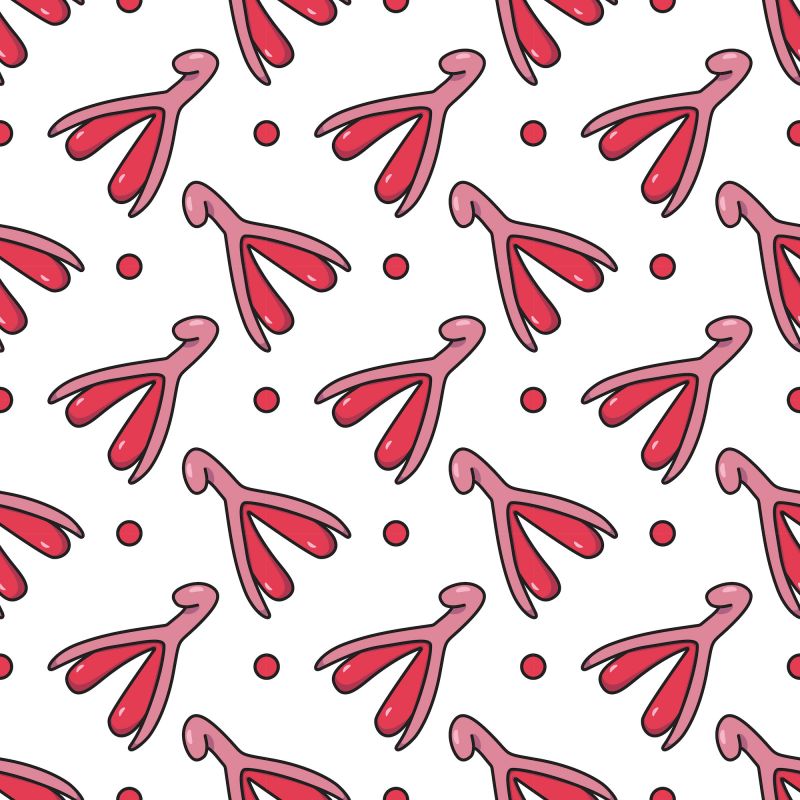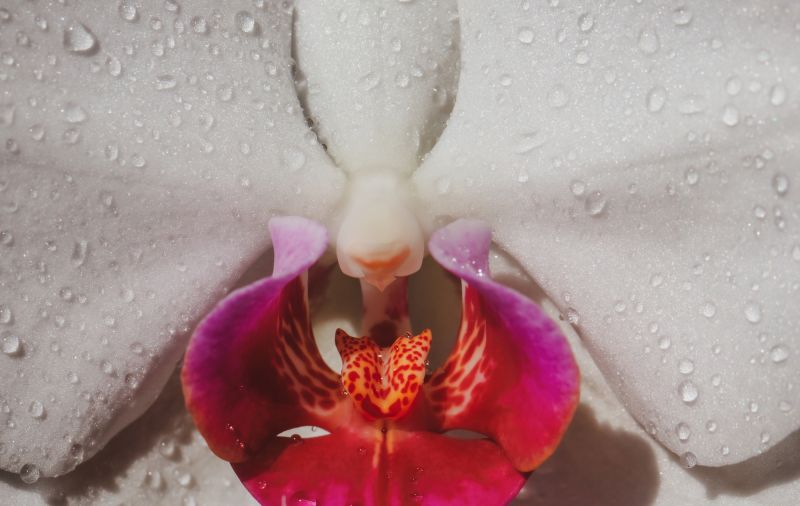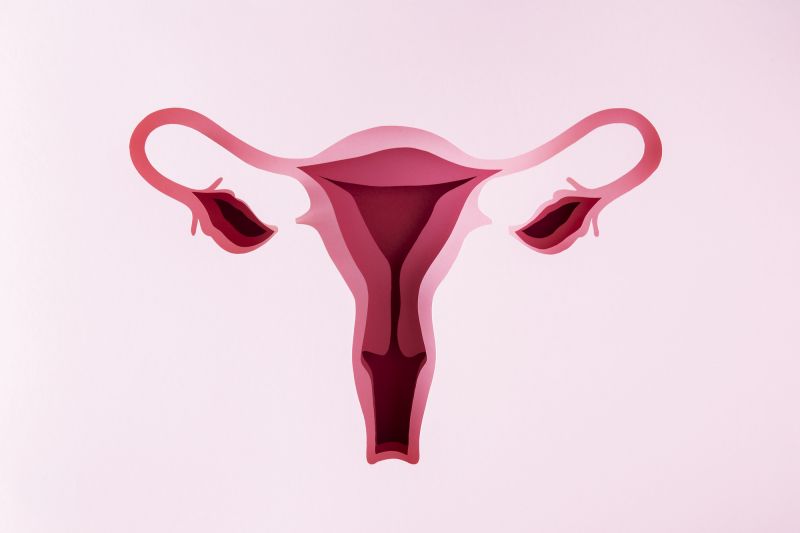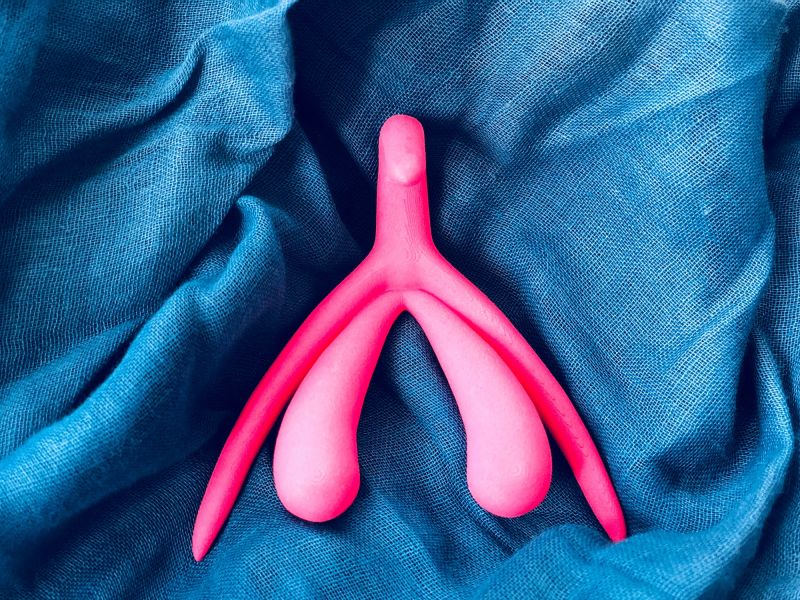9 Things You Probably Didn’t Know About Your Clitoris
The clitoris is the Holy Grail of female sexual pleasure. So why is it widely misunderstood and, for some people, difficult to locate?

The Clit: What, Where, When, and How?
The clit is notoriously ignored in media representations of sex and female pleasure (ever heard of the clit test?), and there is still a lot that science doesn’t know about this magical piece of anatomy.
Where is the clitoris and how to find the clit? It’s located above the vaginal opening and urethra, under the point where the inner labia meet and form the clitoral hood.
The clitoris is a sex organ that women and people with vulvas have. What is the clitoris for? It’s an erogenous zone that gets sexually stimulated and causes arousal and pleasure when touched. It’s part of the vulva, it’s a pleasure hotspot, and there’s more to it than meets the eye.
9 Incredible Facts About Your Clitoris
1. It’s like an iceberg
No, it’s not cold. But most of the clitoris is hidden beneath the surface, and it’s a lot bigger than it seems. The visible part of the clitoris is about the size of a pea, but the majority of it, around three-quarters, is internal.
The internal part of the clitoris can be as much as 5 inches long. It has the shape of a wishbone with two legs that extend 3 inches into the vagina and connect to the G-spot.

The anatomy of the clitoris is very complex. It’s made up of 18 different parts, including nerves, muscle, and erectile tissue.
2. Its only function is pleasure
What is the clitoris for? No one is quite sure what evolutionary purpose the clitoris serves. It has no direct role in terms of reproduction - its primary function is pleasure and arousal.
3. The clitoris was “discovered” by a male professor in the 1500s
An Italian anatomist and professor called Anatomist Mateo Renaldo Colombo claimed to have discovered the clitoris in the 1500s, and dubbed it vel dulce-do - "the love or sweetness of Venus."
The clitoris was, of course, already familiar with those who owned one before the 1500s.

4. It has double the amount of nerve endings than the penis
The clitoris has around 8000 nerve endings, which is double the amount the penis has. This means the clit is incredibly sensitive. What does the clitoris do? Provide sensation!
5. For most women, it’s the key to orgasm
Since the clit is packed with sensitive nerve endings, it’s no surprise that most vulva-owners feel the most sensation and have trouble reaching orgasm without clit stimulation.
The misguided belief that most women can easily orgasm from vaginal penetration alone is one reason for the orgasm gap.
6. It swells during arousal - just like a penis
Just like the penis, blood rushes to the clitoris during arousal, causing it to visibly swell, get deeper in color, and become even more sensitive.

A clitoris can engorge by as much as 300% when stimulated, increasing in size the closer you get to orgasm.
7. Clits and penises start out the same
Penises and clits only become different sex organs around 12 weeks of pregnancy. They are comprised of some of the same parts: glans, erectile tissue, a foreskin (the clitoral hood), and even a small shaft.
8. The word “clit” is fairly recent
The first recorded use of the term “clit” was in the US in the 1950s. The word derives from the words for “key”, “latch”, “sheath”, and “to touch or tickle”.
9. It gets bigger but doesn’t age a day
The clitoris begins growing during puberty and keeps on growing after - like the nose. But it never ages! There’s no difference between a 20 and an 80-year-old clitoris.

What does the clitoris do and why is it so magical? It’s not ageist about providing pleasure!
When it comes to the clitoris, these facts are just the tip of the iceberg. What does the clitoris do and how can you get to know yours better? Learn these facts and start getting familiar with yours today.









